Lemon balm is a plant you can eat whenever you want and find it easily in the garden. This herb explodes with freshness and has a citrus-undertone that you might not expect from a leaf so green. There is not much negative to say about Lemon Balm, save its desire to grow and take over the world. It is a cousin of mint and grows in a similar fashion, spreading quickly by underground runners. Though common mint often develops a sprawling horizontal appearance, lemon balm sticks to more of a bushy habit.
Lemon balm works well as a hedging plant and as a fragrant deterrent to garden pests in the vegetable garden.
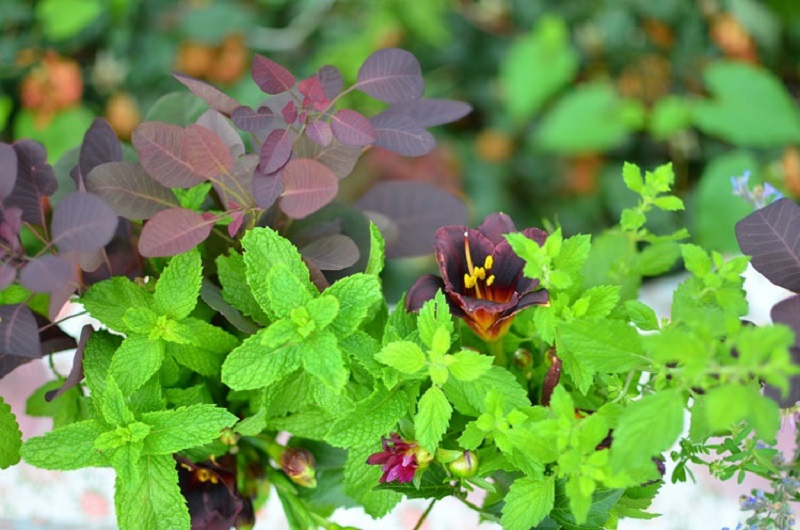
Lemon balm looks fresh and bright when it is growing early in the season. However, once plants flower and start to go to seed, they get a little tired and the green deepens...
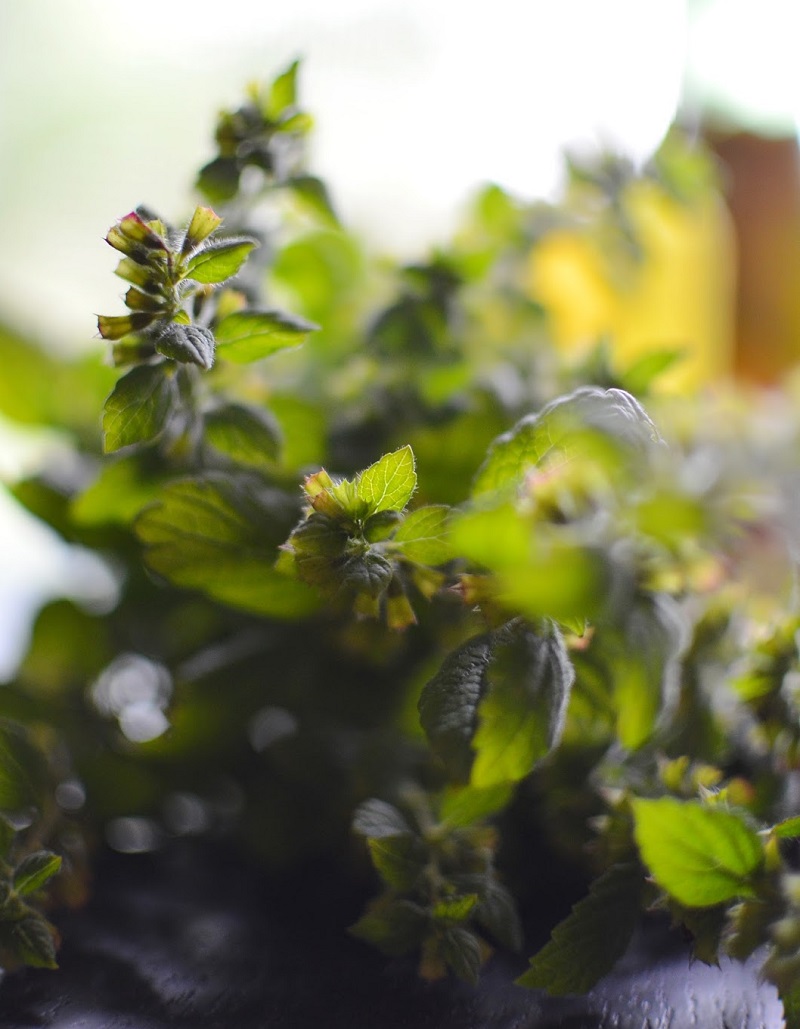
But lemon balm will bounce right back and reward you with bunches of brilliant green again if you simply give it a trim.
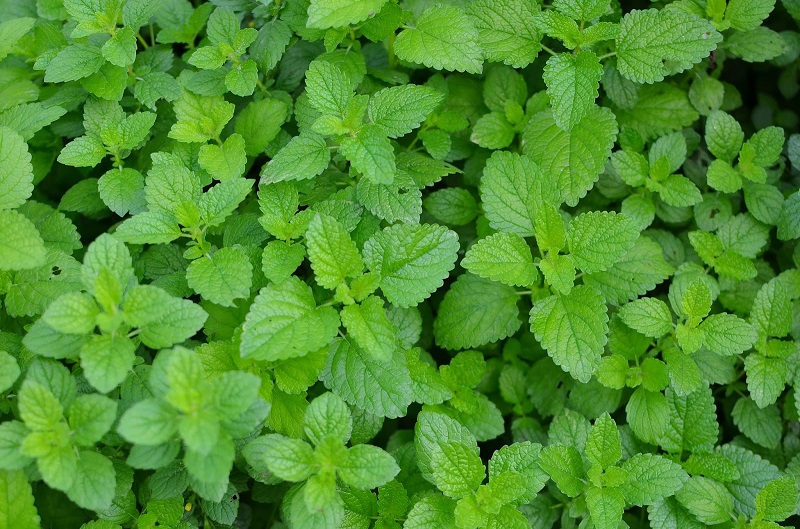
Those cuttings can be used in teas or dried for later use.
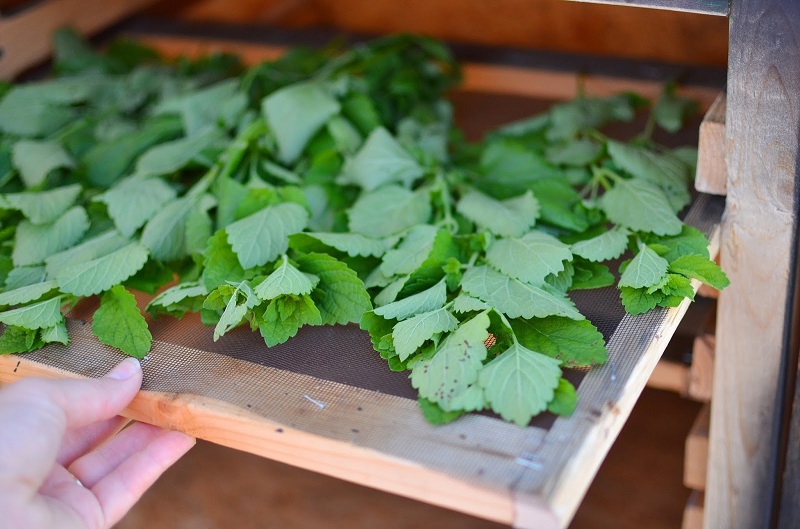
You can chop it up into bits to use in soap making, for bath salts, or as a substitute for lemon in culinary dishes.
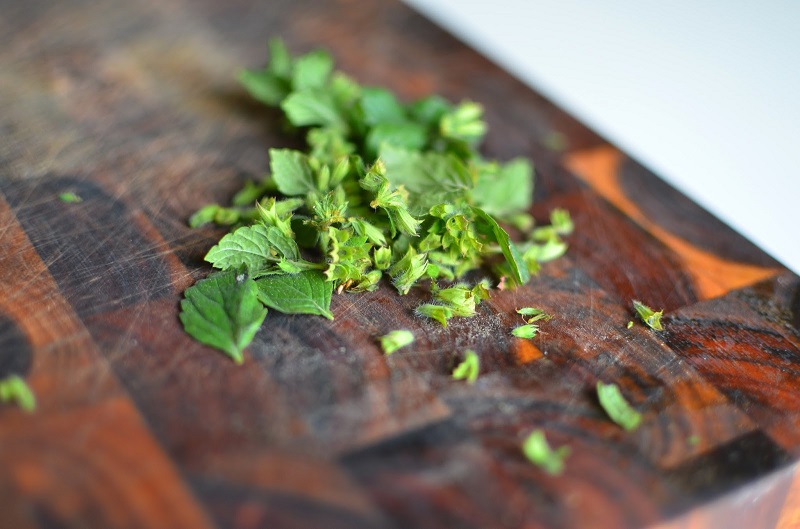
To grow lemon balm, buy just one plant and split it into 2-3 smaller divisions. Allow plants to grow all spring and summer, and then harvest the leaves before they flower. In fall, split those 2-3 plants into more if you want to multiply your plants. Plant immediately and they will come back next spring in most zones. To prevent its spread in the garden, try growing lemon balm in a container, where you can place it near a doorway or patio for easy harvesting.
 |
Author Chris Link - Published 1-31-2022 |
